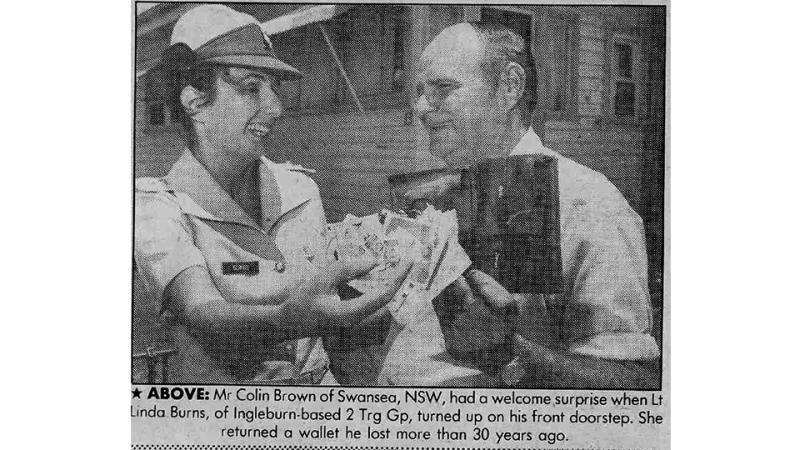24 May 2024
It’s been 110 years since the Royal Australian Navy took delivery of its first submersible vessels, and while the technology has changed dramatically, the mission and purpose of the nation’s ‘silent service’ remains the same.
At the turn of the twentieth century, the British and German Empires were locked in an epic global arms race that gave birth to two of the greatest naval forces ever established.
In the face of two superpowers exerting influence in a global geopolitical chess match, the fledgling Royal Australian Navy knew that the security of the newly minted island nation depended on its embracing new submarine technology.
Upon sailing into Sydney Harbour on May 24, 1914, HMAS AE1 and AE2 became the first submarines in the service of the Royal Australian Navy, commanded by Royal Navy officers, with a mixture of British and Australian crew.
The two vessels quickly became central to naval strategy, deploying immediately to aid in the capture of German Pacific colonies at the outbreak of The Great War.
Just seven months into service, AE1 was lost with its entire complement of 35 crew off the coast of the Duke of York Island Group in what is now Papua New Guinea. The vessel remained on eternal patrol until discovered 300m deep in 2017.
Not only was this first vessel lost by the newly created Royal Australian Navy, AE1 was also the first submarine lost by any allied nation in The Great War.
Its sister vessel, AE2 continued to serve with distinction across the Pacific until November 1914, when it was ordered to return to Australia, to be deployed to the Northern Hemisphere.
Australia’s last remaining Great War submarine, AE2 then achieved legend status by becoming the first submersible vessel to successfully run the mine-infested Dardanelles Strait on April 25, 1915, cementing its place in Anzac folklore.
The first generation of Australian submarines proved their strategic value to the fleet as a ‘force multiplier’, assisting the Royal Australian Navy to gain an advantage over nations with much larger blue water navies.
AE2 went on to harass the enemy in the Sea of Marmara for five days, before taking fire and being scuttled to avoid being captured.
While the crew escaped the wreck, they were captured and detained for the remainder of the war, with four dying before Armistice Day.
Despite being in service just over a year, the first generation of Australian submarines proved their strategic value to the fleet as a ‘force multiplier’, assisting the Royal Australian Navy to gain an advantage over nations with much larger blue water navies.
Over the short course of their service, their presence proved crucial for fleet protection, surveillance and intelligence collection.
Since their inception, the Royal Australian Navy has also seen in service the Royal Navy Odin- and Oberon-class submarines, and the Swedish-designed and locally made Collins-class submarines.
This experience demonstrated the most practical and cost-effective way to deliver a fit-for-purpose Australian submarine capability was to source the best designs from around the globe and adapt and build the technology for Australia’s needs.
The delivery of AE1 and AE2 was the very first demonstration of this global alliance to produce an effective naval deterrence capability to protect Australian shores.
The two vessels were constructed by Vickers Shipbuilding and Engineering in Northwest England and transported to Australia in what was the longest submarine voyage ever attempted at the time.
Vickers Shipbuilding and Engineering went on to become a part of the modern-day multinational known as BAE systems, meaning the company that first delivered submarine technology to Australia in the twentieth century will continue to support Australian needs well into the twenty-first century.
May 24 is a significant anniversary of Australia drawing on the skills and expertise of its allies and harnessing local innovation, to achieve a unique capability.
The special partnership that started more than a century ago continues to support Navy to deliver the protection of Australia and its national interests.


